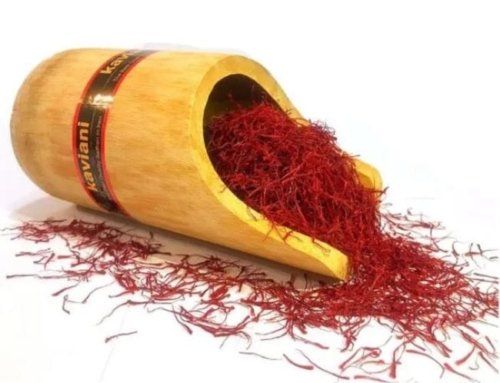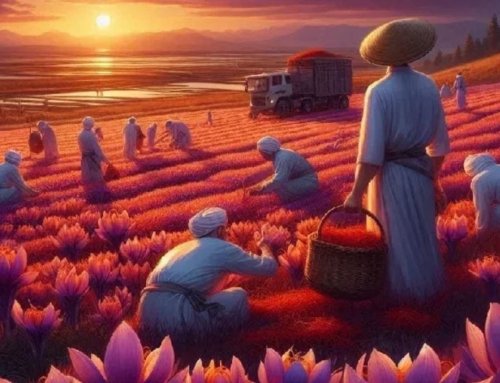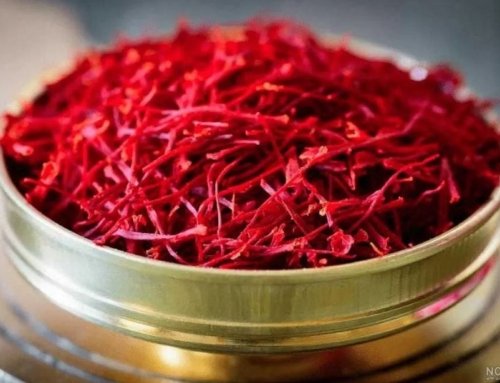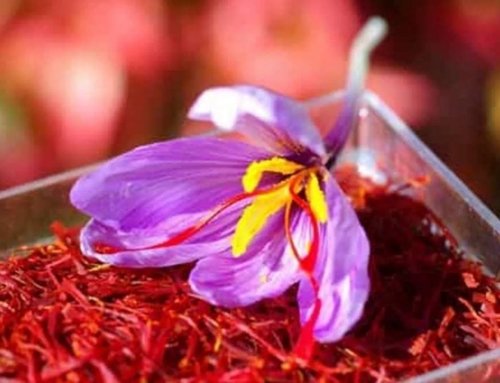70% reduction in saffron harvest from Neishabour farms
The director general of meteorology of Neishabour considered the unprecedented heat of this summer and the cold of November of this year as the two main factors of damaging the saffron fields of Neishabour.
Mehdi Bloki, stating that saffron is one of the agricultural products studied in the Neishabour Agricultural Meteorological Department, said: According to our experts, the unprecedented heat of July, August and September of this year wakes up with saffron onions over time. Coordinated in the city.
He continued: “Thus, these days, the absolute maximum temperature increased by three degrees Celsius compared to the previous year and the long-term average of 24 years, and the stability of this heat for almost a month has been damaged for saffron onions, especially onions planted closer to the ground.”
It is better to irrigate saffron in the second half of August in this heat to prevent damage caused by heat stress.
The head of the Meteorological Department of Neishabour said: The next destructive climatic factor this year, although insignificant, was snow and rain on the fifth to fifteenth days of November and surface cold, which reduced the saffron crop.
From today, we will not have rain in the city for a week and the minimum temperature will be above zero, so it is the best time to harvest saffron.
The head of Neishabour Meteorological Department reminded: Farmers can use the short-term and long-term meteorological forecast of Neishabour and the development recommendations of this center for all agricultural products by referring to the agricultural insurance fund of the city and registering to send the report of agricultural meteorology.



![Exporting Saffron to Turkey + Price Guide [Complete 0 to 100]](https://www.rowhanisaffron.com/wp-content/uploads/f1-372-500x383.jpg)




Get Social